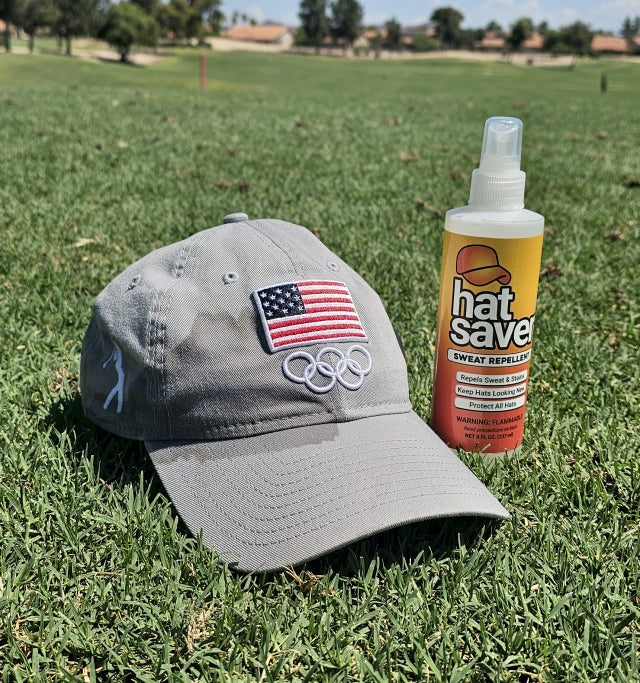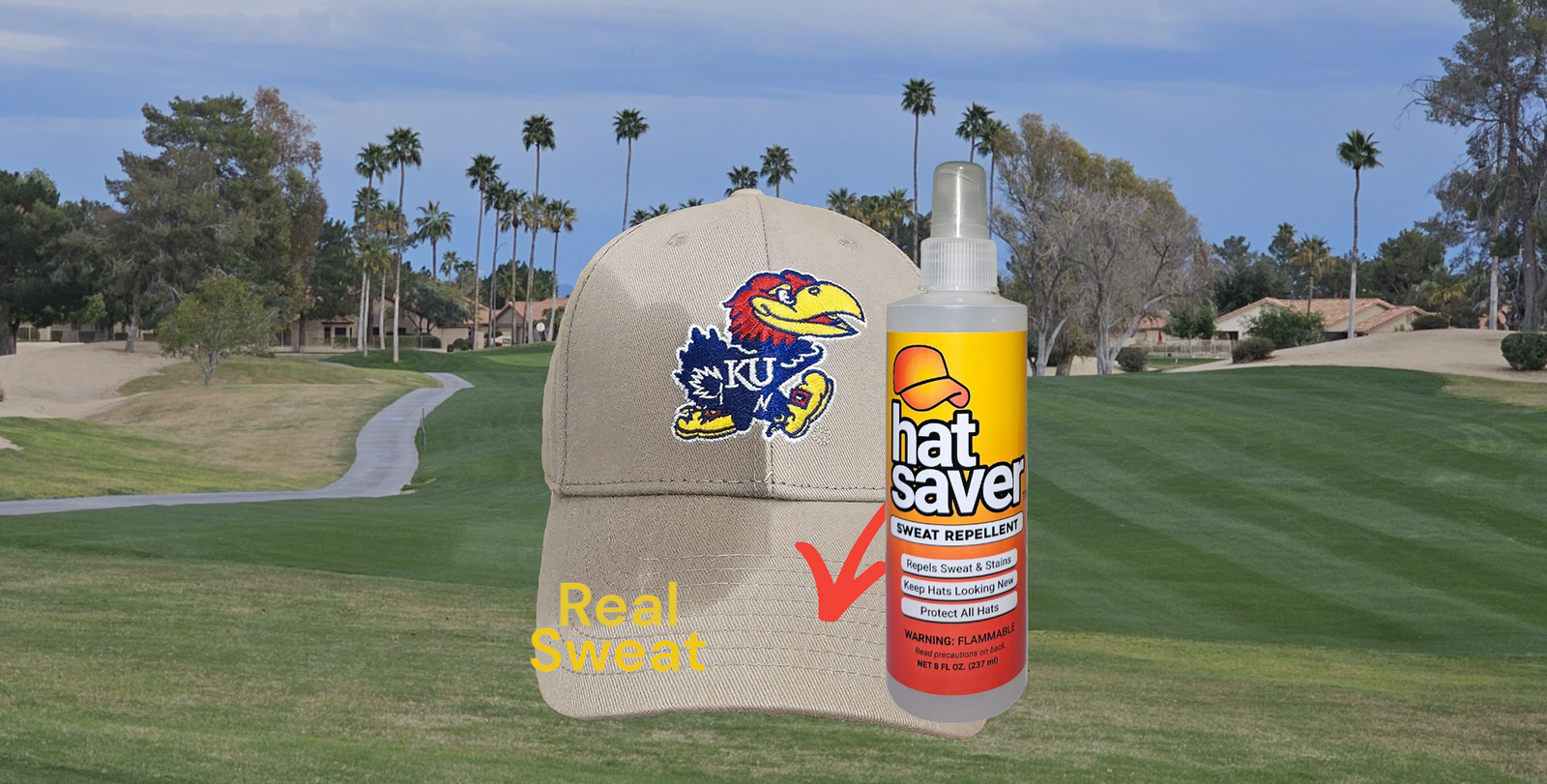It happens to the best of us. You slip on your favorite white shirt, go about your day, and before you know it, there’s that dreaded yellow underarm stain. It’s a small blotch with a big impact, and no matter how much detergent or scrubbing you throw at it, it sticks around like a bad memory. But why are sweat stains so difficult to remove? And what really goes on behind the scenes, at the microscopic level, of your favorite tee?
Let’s unravel the science behind sweat stains, how they form, why they persist, and what you can actually do to fight them.
Understanding Sweat: More Than Just Salt and Water
What is Sweat Made Of?
When most people think of sweat, they imagine salty water. But in reality, sweat is far more complex and that complexity is what makes sweat stains on clothes so pesky. Your body produces sweat through two main types of glands: eccrine and apocrine. Eccrine glands secrete mostly water and salt, helping you regulate body temperature. Apocrine glands, found mostly in the underarms and groin, are the real culprits for stains. They release proteins, lipids, and amino acids that react with your skin bacteria and, over time, your clothing.
Why We Sweat and How It Affects Clothing
Sweating is your body’s way of saying, “Hey, I got this.” Whether you're crushing a workout or just stuck in a tense meeting, your sweat glands activate to cool you down or react to stress. Once sweat hits your shirt, especially under your arms, it starts to interact with fabric in ways you don’t see until it's too late.
The Role of Antiperspirants and Deodorants
Here’s where things get trickier. Most commercial antiperspirants contain aluminum-based compounds designed to plug your sweat glands and reduce perspiration. While effective for dryness, they are harmful to your white shirts. Aluminum reacts with the proteins in sweat and forms yellowish compounds that embed themselves into your fabric fibers. It’s chemistry that works against you.
The Chemistry of Sweat Stains
Yellowing on Whites: A Molecular Breakdown
Why are white shirts the biggest victims? It all comes down to how aluminum salts interact with cotton. When your sweat, containing urea, ammonia, and proteins, mixes with aluminum, it triggers a chemical reaction that binds the resulting compounds to your shirt’s fibers. Over time and with heat from washing or drying, these compounds oxidize. The stain deepens in color and becomes more permanent.
Dark Marks on Colored Fabrics
Sweat stains are not exclusive to white clothing. Dark shirts show their own form of distress, often as stiff, discolored patches that feel chalky or coarse. This happens when sweat mixes with fabric dyes and builds up with detergent residue and skin oils. The darker hue of the fabric simply masks the yellow but does not escape the damage.
The pH Factor and Fabric Integrity
Did you know the pH of your sweat can vary depending on your diet, stress level, or even medication? Sweat that is too acidic or too basic can weaken fabric fibers over time, making them more prone to wear and permanent staining. It softens the material and creates openings for stain molecules to settle deep into the fibers.
Why Sweat Stains Are So Stubborn
Protein Bonds and Oxidation
Once a protein-based stain like sweat hits your fabric, it starts to dry. As it dries, oxygen in the air reacts with the proteins, changing their structure and binding them more tightly to your clothing. Over time, this forms a nearly inseparable bond, especially when the garment is exposed to heat.
Washing Machine Limitations
Most detergents are designed for surface-level stains like dirt or food, not for complex biological compounds like sweat. Standard cold-water cycles do not break down proteins or aluminum residues. Unless you are using enzyme-based cleaners, your washer might not be doing much to help.
The Set-In Stain Dilemma
The longer you wait, the worse it gets. Sweat stains start relatively light, but after a few washes, especially with heat, they become set in. At that point, the stain has chemically altered the fibers of the clothing, not just clung to the surface. It becomes part of the garment.
Breaking the Sweat Stain Cycle: Solutions and Strategies
Pre-Treatment Secrets That Actually Work
Here is a family secret that has saved many Sunday shirts in our household. Mix equal parts baking soda, white vinegar, and hydrogen peroxide into a paste. Apply it to the stain, let it sit, and scrub gently before washing. Scientifically, this mixture helps break down the proteins and lift the oxidized compounds before they can set in.
Other effective methods include:
- Enzyme-based stain removers
- Soaking in a mix of lemon juice and salt
- Avoiding heat drying until the stain is completely gone
Fabrics That Resist Sweat Stains
If you have ever invested in moisture-wicking athletic wear, you know how effective smart fabrics can be. Materials like polyester blends, merino wool, and bamboo resist stains because they do not hold onto moisture or proteins the way cotton does. They may not be ideal for every occasion, but having a few in your rotation can save you serious frustration.
DIY Fixes vs. Professional Cleaning
There is a time and place for elbow grease, but when stains have been sitting for months, you may want to consider professional stain removal services. Dry cleaners use industrial solvents and methods that are not available at home, giving you a fighting chance at salvaging your favorite shirt. That said, many household remedies can go a long way. Always start there before paying for a cleaner.
Emotional Toll and Clothing Culture
Sweat Shame and the Social Impact
Sweat stains carry more than just moisture. They often come with embarrassment and anxiety. I still remember getting up to give a presentation in college and realizing my underarms had betrayed me. That fear is common, especially in professional settings. We learn early to hide sweat, to layer up in summer, and to choose outfits based on concealment instead of confidence.
Sustainability and Fast Fashion
Sweat stains are not just a laundry issue. They are a sustainability problem. Many people throw out perfectly good clothes because of discoloration under the arms. The fashion industry already contributes significantly to textile waste. When consumers toss garments due to something fixable, it adds unnecessary strain to the system.
Choosing sweat-resistant fabrics, treating stains early, and embracing a more practical wardrobe can make a real difference.
Wrapping It Up
Sweat is a natural and necessary part of being human. But the stains it leaves behind are a headache rooted in complex biochemistry and clothing science. From aluminum interactions to protein oxidation, what seems like a simple blotch is actually a chemical cocktail that gets tougher to treat the longer it lingers.
Fortunately, we are not powerless. With some understanding, the right tools, and a bit of patience, you can tackle sweat stains before they become a permanent fixture. Whether you prefer natural remedies, high-tech fabrics, or just better laundry habits, the path to cleaner clothes is clearer than ever.
So the next time you notice that faint yellow shadow or chalky patch under your arms, remember this. Your shirt is not ruined. It is just science, and now you know how to fight back.
Mentioned in this article
More stories

Why Hats Deserve Year-Round TLC
Oliver Allen
·
